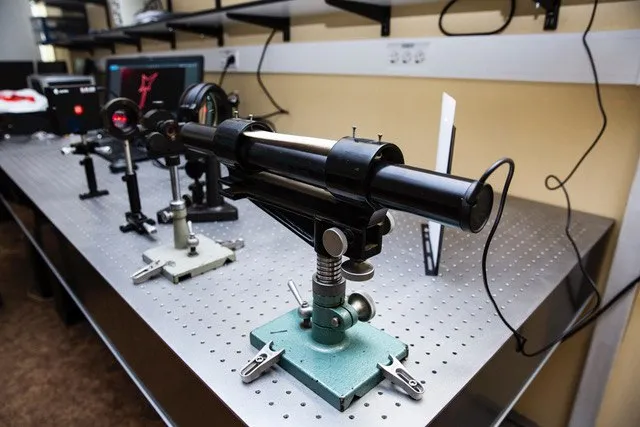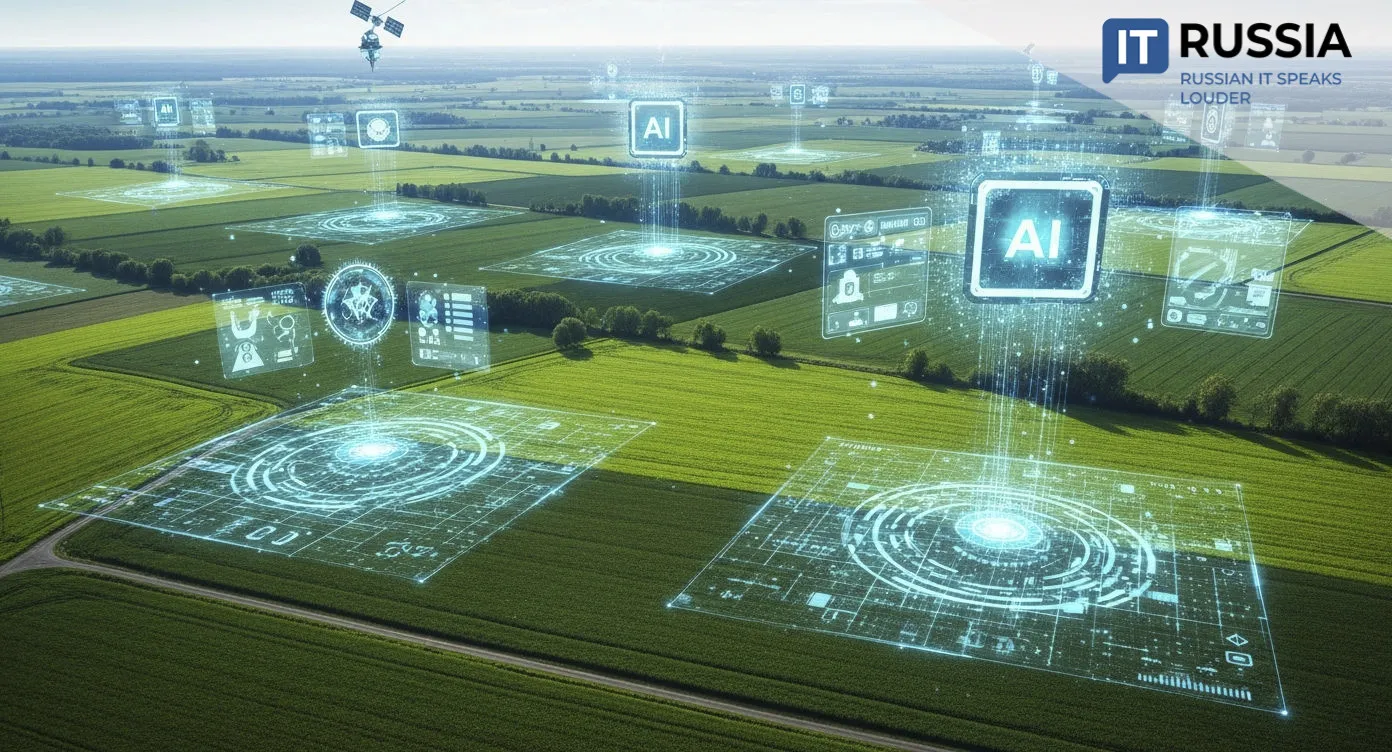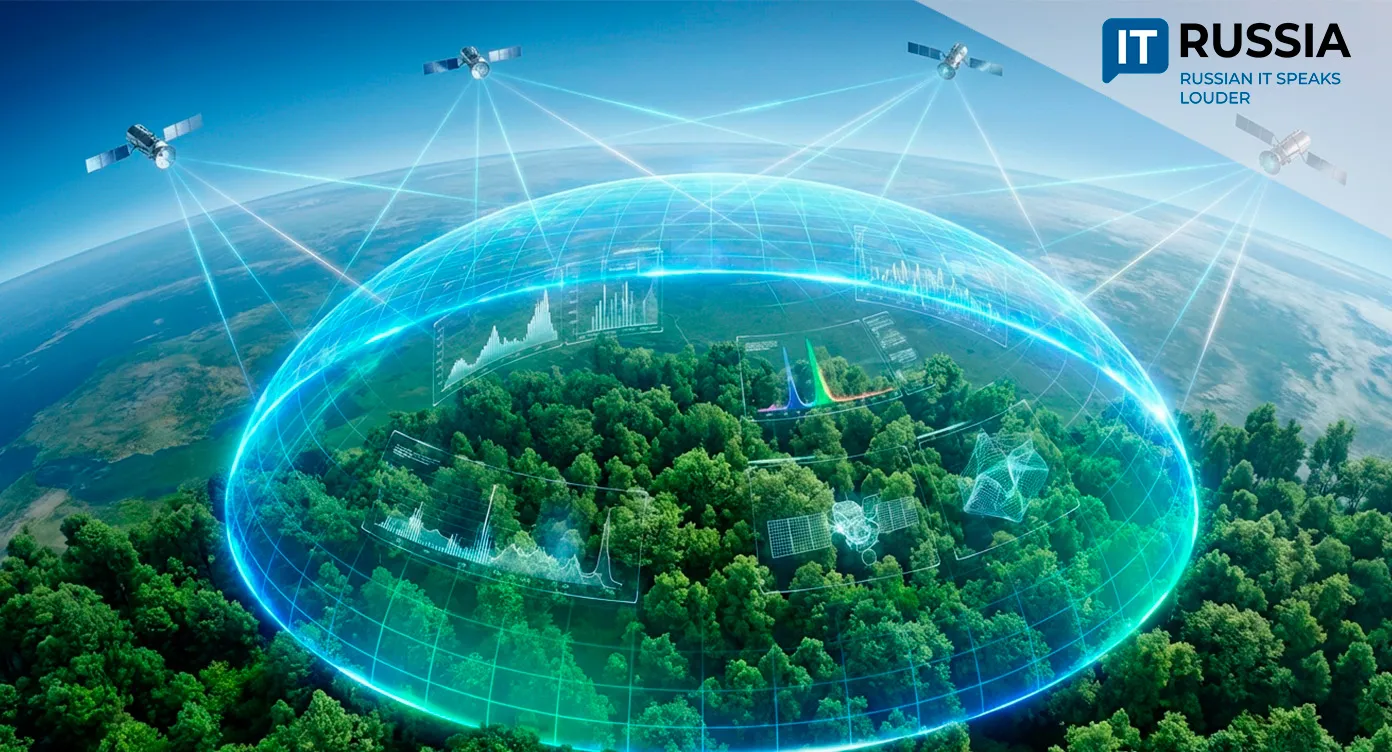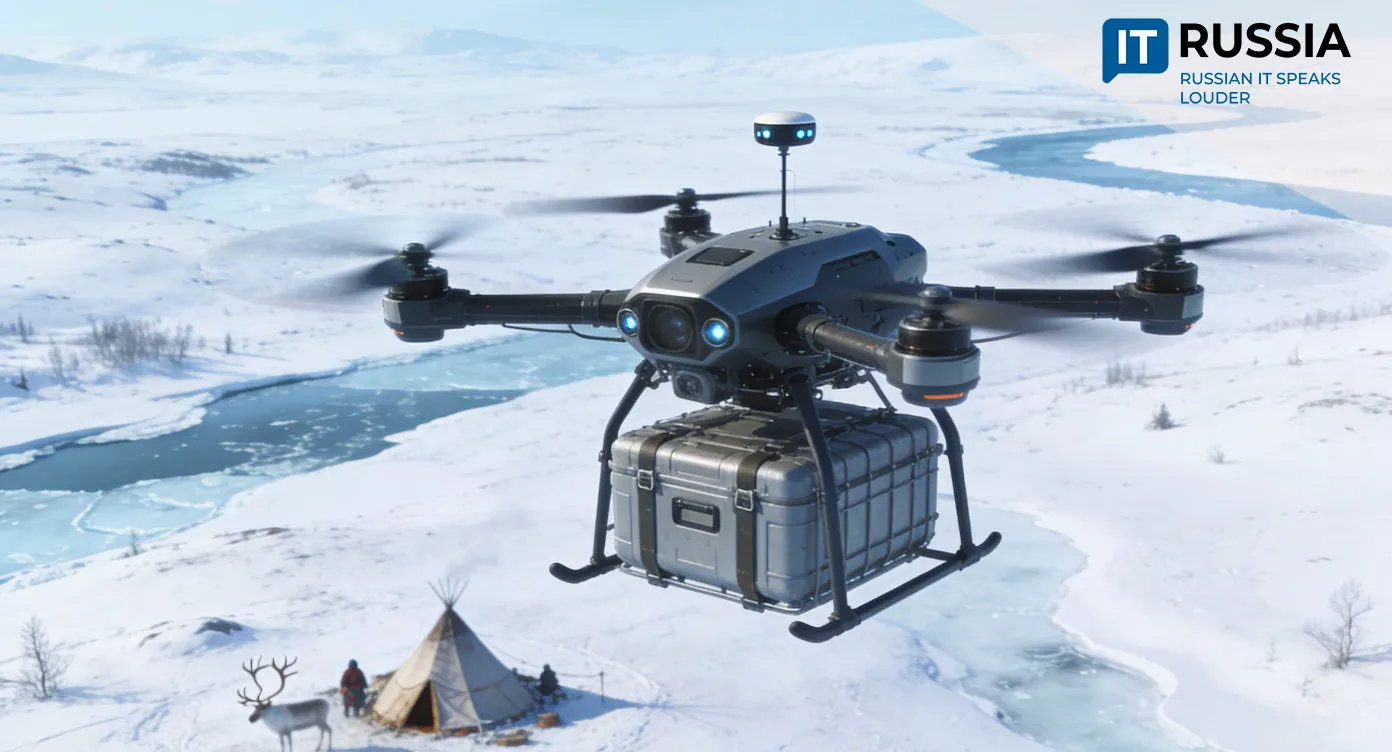Russia Develops AI-Powered Surveillance to Eliminate Toxic Invasive Weeds
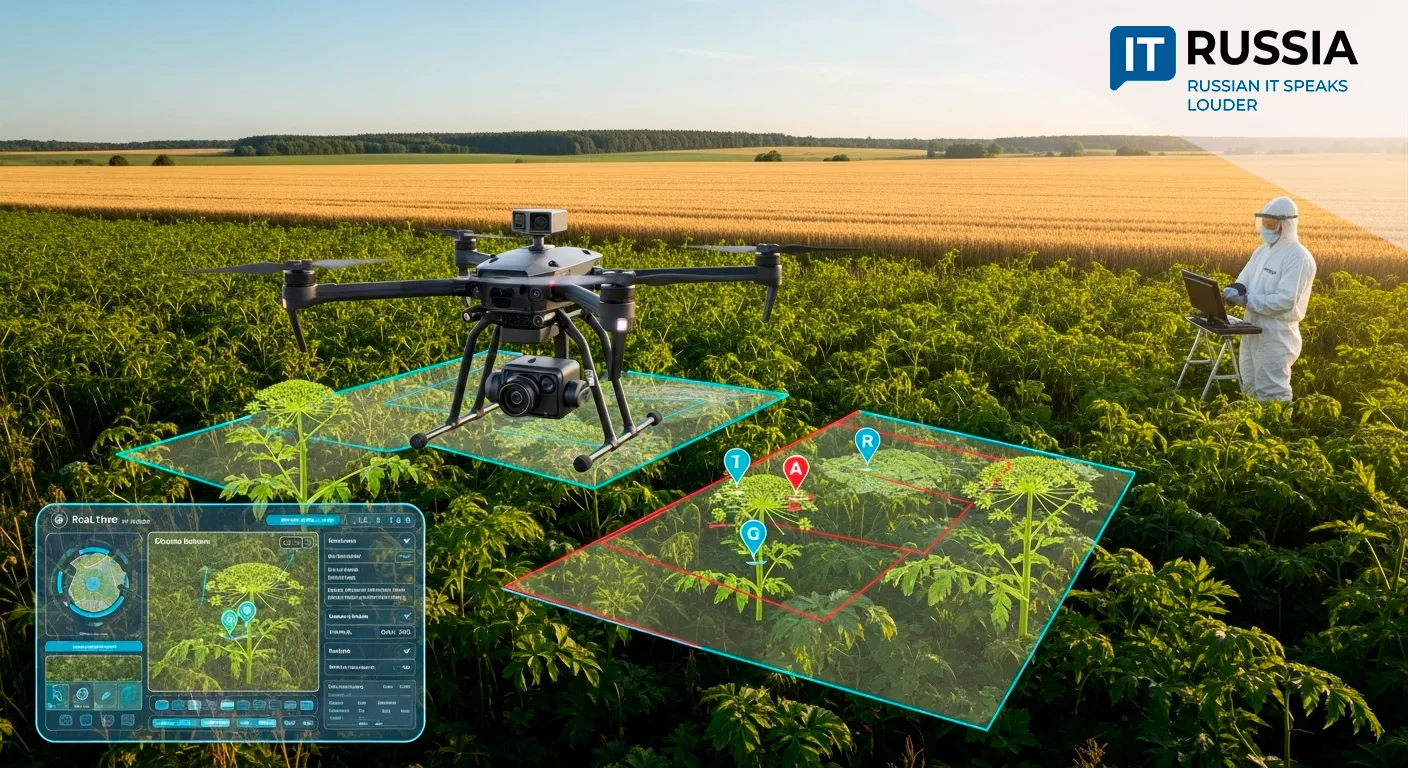
A new nationwide monitoring system based on drones, neural networks, and computer vision is set to tackle the spread of Heracleum—the toxic and highly invasive weed threatening both agriculture and public health.
A Poisonous and Prolific Invader
Russia is taking aim at Heracleum—commonly known as giant hogweed—an invasive plant that has become a serious agricultural and environmental threat. Originally introduced decades ago for use as silage, the plant quickly escaped cultivation, spreading aggressively across fields, roadsides, and abandoned lands. It disrupts ecosystems, suppresses the growth of other species, and dominates territory rapidly by producing between 20,000 and 70,000 seeds annually. Its territory expands by roughly 10% each year.
What makes Heracleum particularly dangerous is the toxic sap it produces. The plant contains furanocoumarins, which cause severe chemical burns when combined with sunlight. People exposed to the sap suffer blistering, skin damage, and, in severe cases, respiratory issues and suffocation. Physical contact with the plant is extremely dangerous, and long exposure is hazardous even without direct touch.
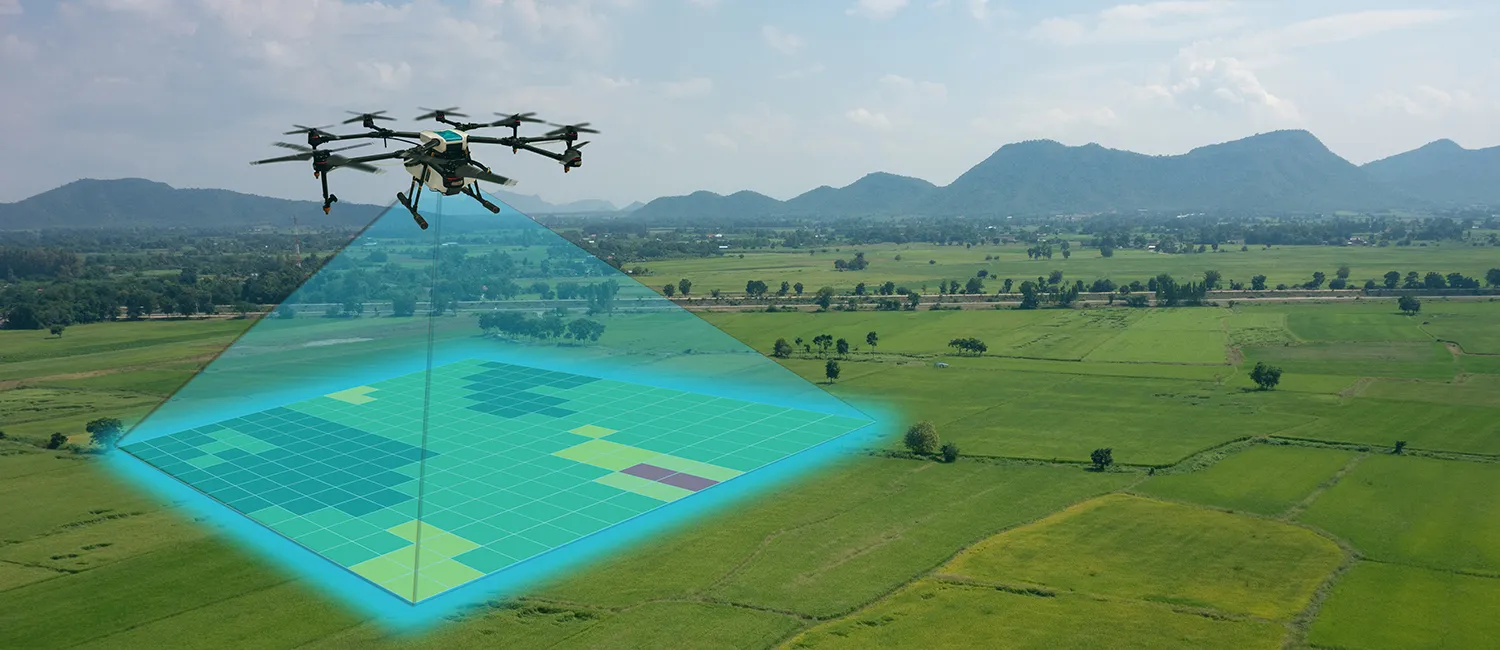
AI Will Lead the Charge
Russian engineers have proposed the creation of a unified Heracleum monitoring system powered by drones, computer vision, and neural networks. According to Pavel Prikhodko, Chief Engineer at Rocket Control, the system could be developed within six months.
The concept relies on unmanned aerial vehicles equipped with high-resolution cameras and smart vision software that can detect infestations early, even during the initial phases of plant growth. This early detection is key to minimizing the weed’s spread and reducing the cost of eradication efforts.
Neural networks will automatically analyze aerial imagery, map infestations, track the weed’s historical spread, and provide predictive analytics to support preemptive action. The system is expected to significantly enhance planning and resource allocation for mitigation strategies.
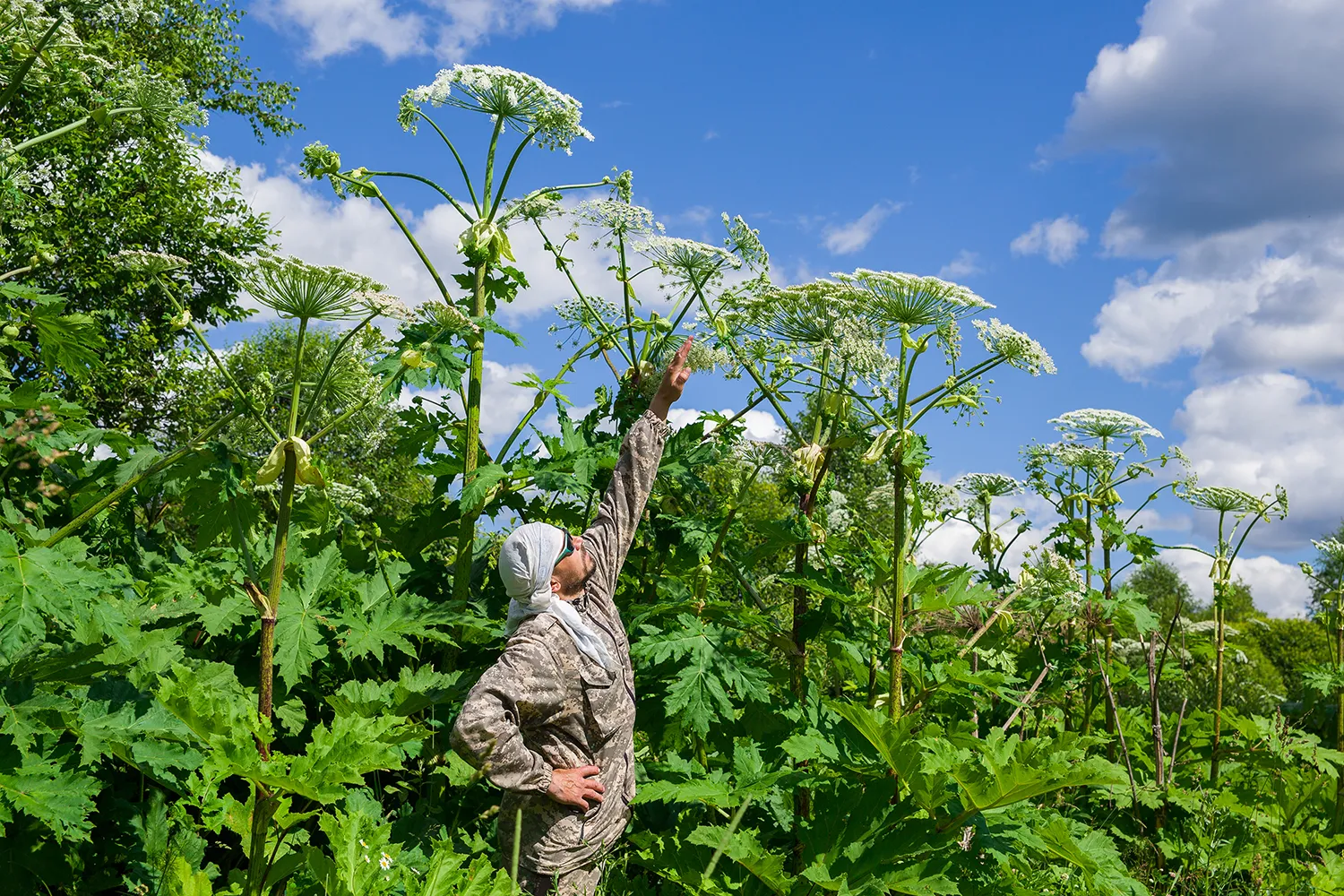
Cutting Costs and Reducing Human Exposure
The deployment of this AI-powered system brings several critical benefits. First, it significantly reduces the cost of field surveys. Second, it improves mapping accuracy and prevents hotspots from being overlooked. The dynamic monitoring feature will allow farmers and regulators to track infestation trends and evaluate the effectiveness of different weed-control techniques, such as herbicide application or mechanical removal.
Perhaps most importantly, it minimizes the need for direct human contact with the toxic plant. Drones and remote monitoring eliminate the risk of burns and health issues for workers, making the control process safer and more scalable. Data gathered by UAVs can be processed directly on-site or transmitted to analytics hubs for further assessment.
Implementation is expected to take two months for data collection and algorithm training, followed by two to three months of prototyping and pilot testing. After initial validation, the system could be deployed across Russia’s agricultural regions and later integrated with forestry and environmental services nationwide.
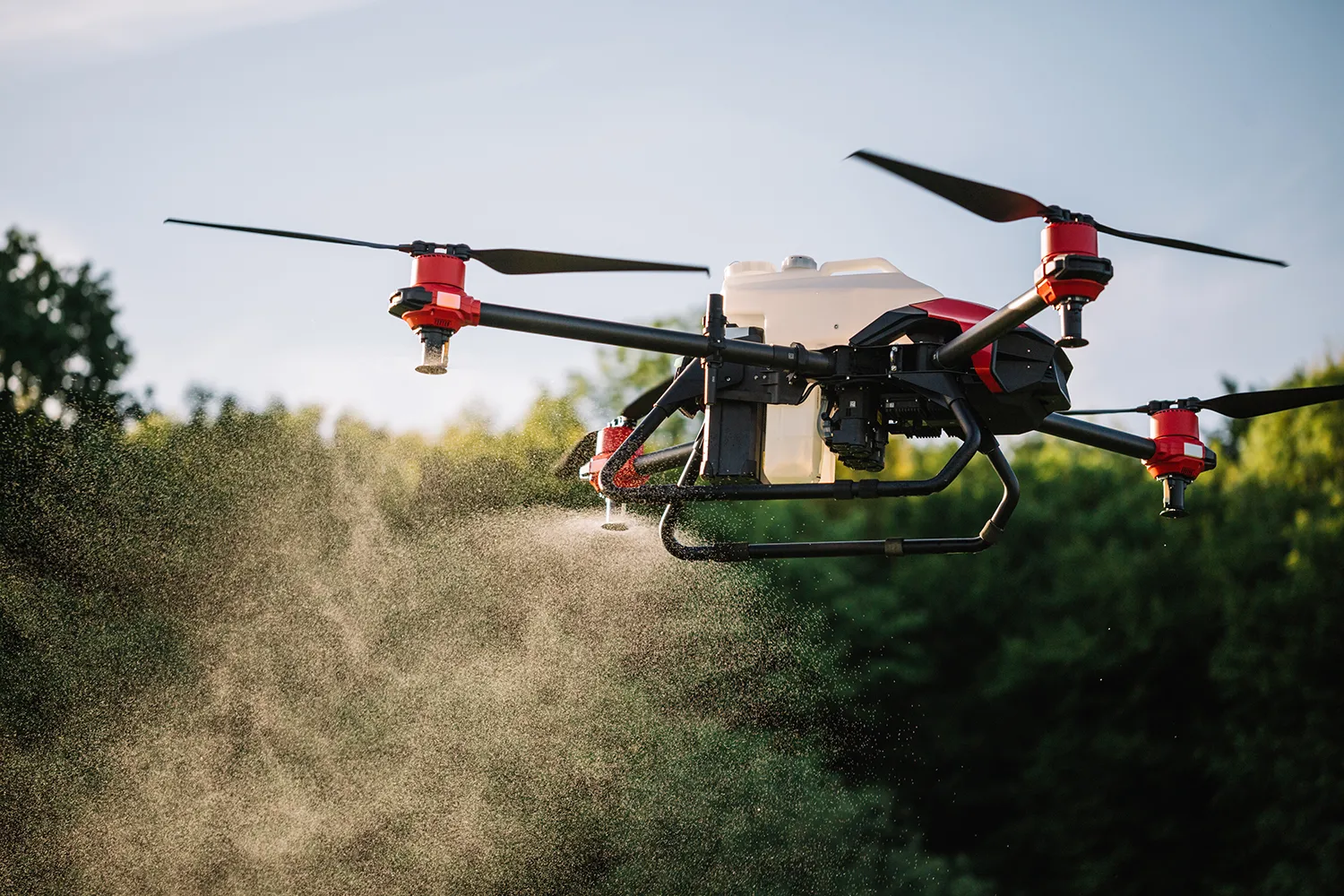
Global Applications for a Global Threat
Heracleum is not just a Russian problem—it has taken root in the Baltic states, across Europe, the United Kingdom, and even in North America. Initially sold in the U.S. and Canada as a decorative plant, it has since become a dangerous invasive species causing public health crises in some regions.
Russia’s monitoring system, once proven at scale, could become a valuable export in the form of software platforms or full-service surveillance packages. International collaboration and data exchange could help address this shared ecological challenge and protect ecosystems from further damage.











